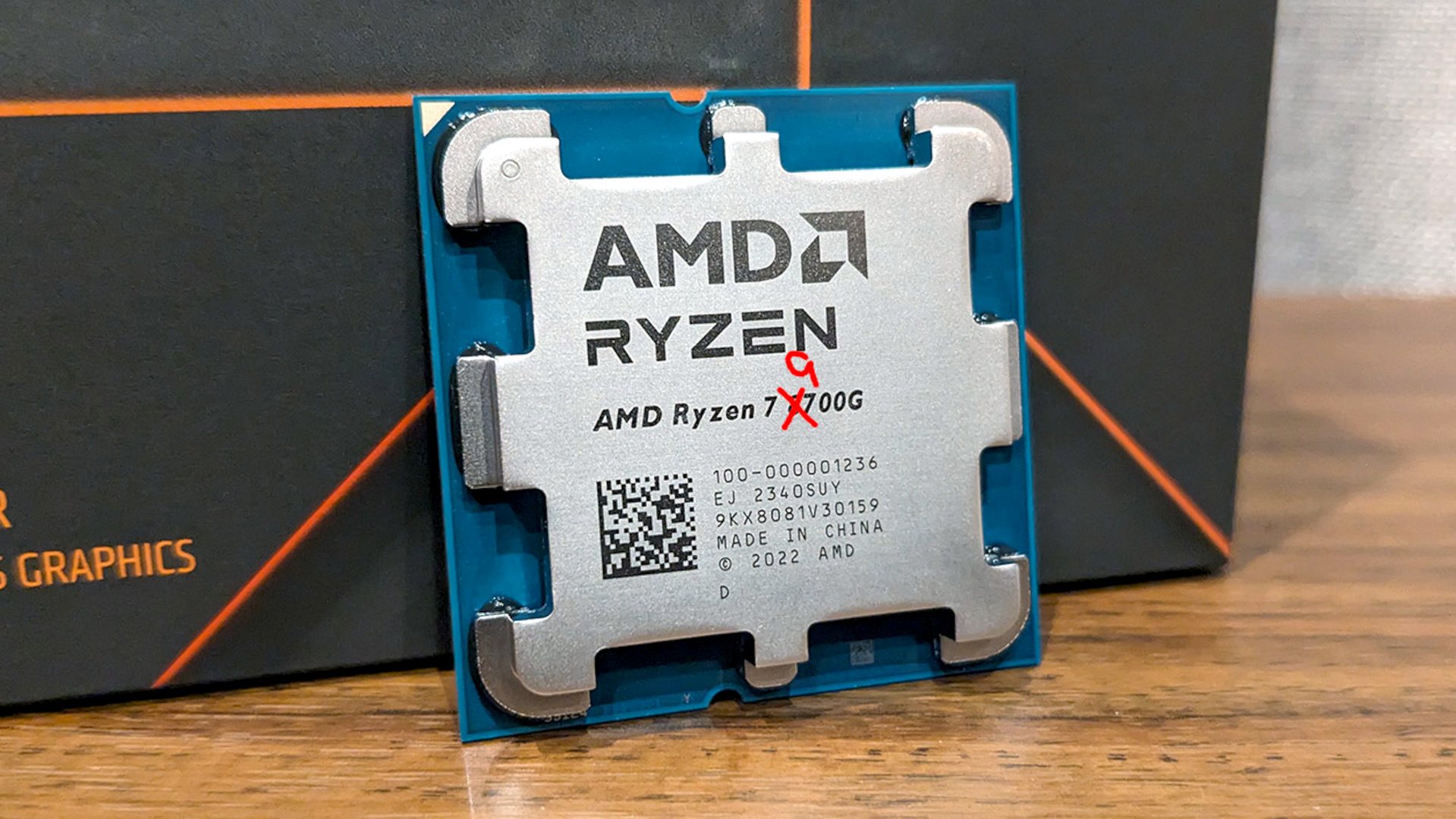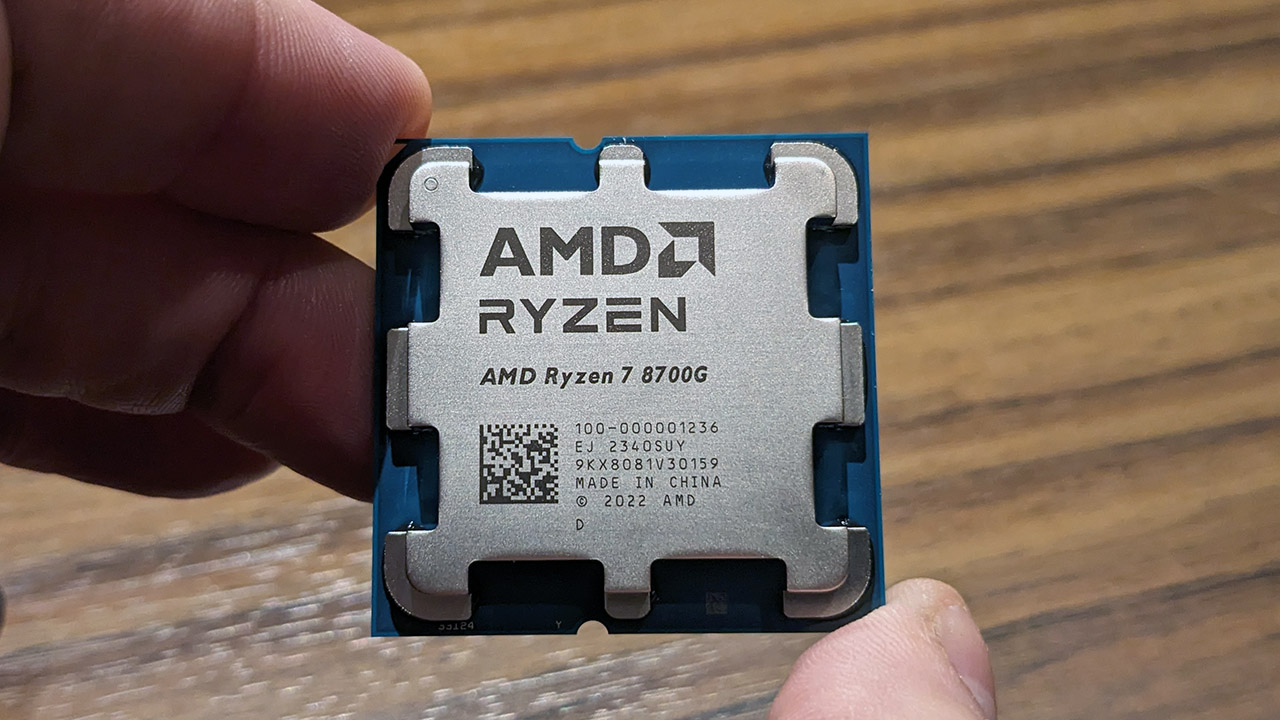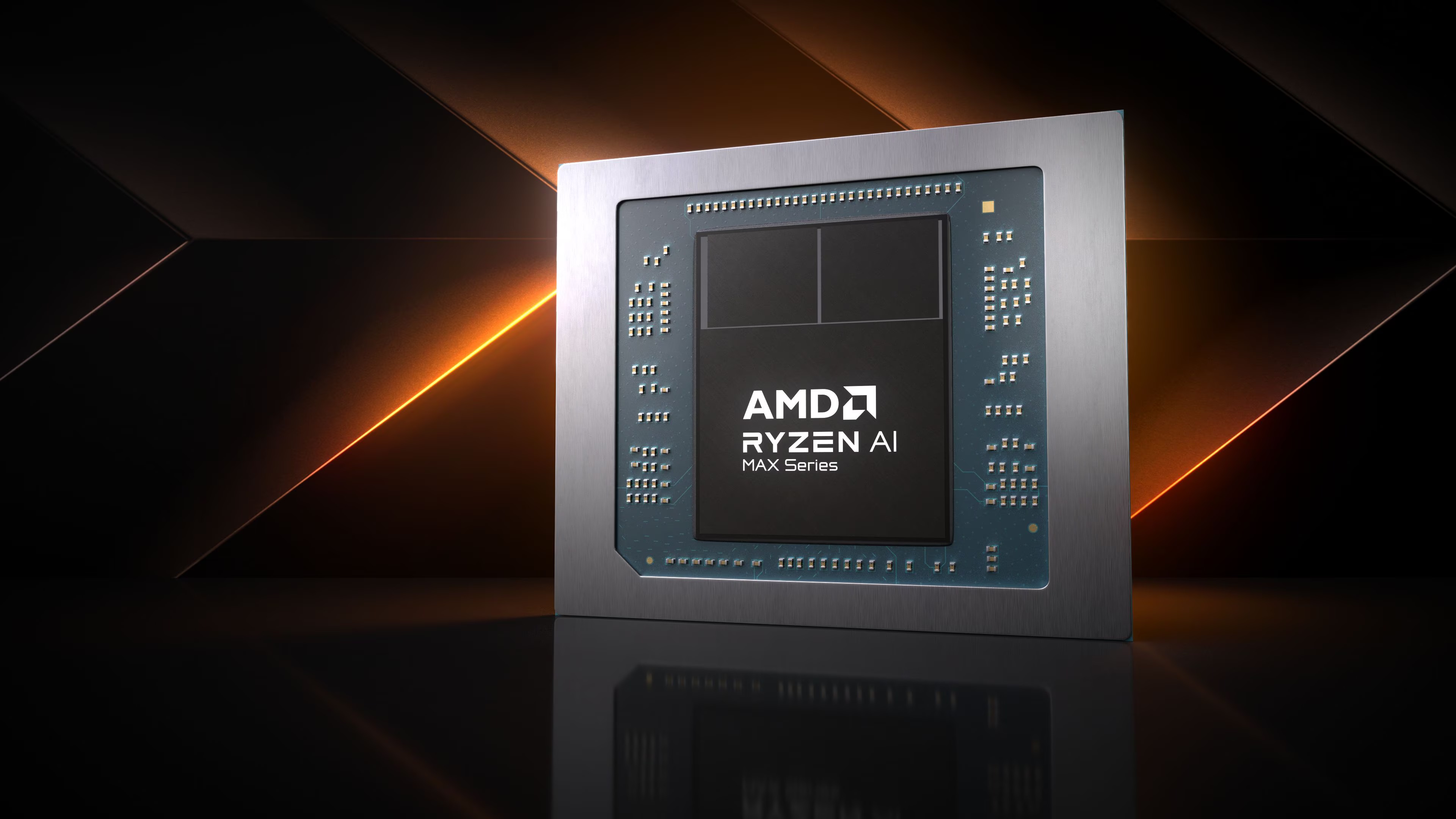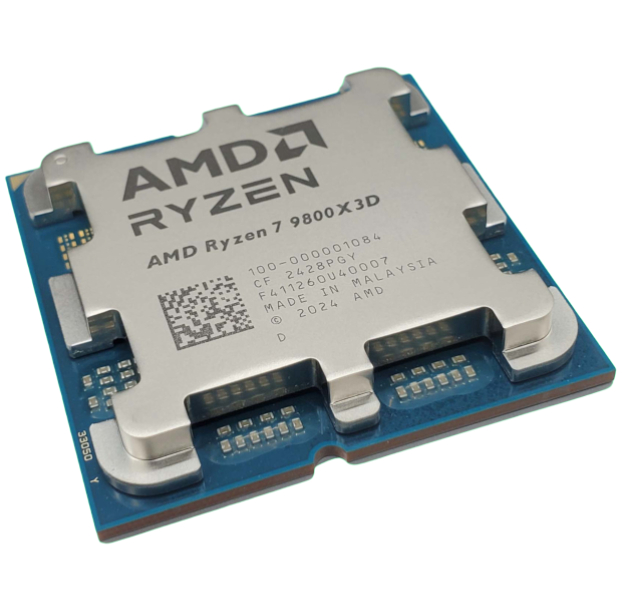It's the scantest of rumours but given AMD's track record, I actually believe the claim that the Ryzen 9000G series will be nothing more than an 8000G refresh
Desktop APUs don't sell in big numbers, whereas laptops do, so it's clear which market needs the chips.

Although they take a while to appear with each new generation of Ryzen processors, AMD always converts some of its laptop processors into desktop CPUs to give entry-level PC gamers an all-in-one option. But one rumour is to be believed, then the forthcoming Ryzen 9000G chips are unlikely to be well received because it's being claimed that they're just a refresh of the previous 8000G series.
That's according to a post on Chiphell (via X-user HXL), and I know exactly what you're thinking: "One random post on a forum doesn't mean it's true." The thing is, AMD does have form in the whole churning out old hardware under a new name malarky. For example, just two months ago, the Ryzen 8000HX lineup was announced, but none of them are Zen 5-powered processors; they're just rebadged Zen 4 Ryzen 7000HX chips.
It's the same story with AMD's Ryzen AI 200 range. They sound all new and funky, but they're literally just Hawk Point Ryzen 8040 processors, and some of those are refreshed models, too.
So it's hardly an outlandish claim, one to be immediately cast out with the trash, that AMD's plan for the Ryzen 9000G desktop APU range is to simply take the previous generation 8000G chips and just spruce them up with a clock bump and a shiny new sticker.
In some ways, that's not necessarily a bad thing. The Ryzen 7 8700G is a pretty decent desktop APU, with an integrated graphics chip that's identical to that in the Asus ROG Ally X. Pair that CPU with some fast, dual-channel DDR5 RAM, and you've got the basis for a nice entry-level gaming PC. However, the 8700G isn't exactly cheap ($280 at Newegg), and I can't imagine AMD would sell new Ryzen 9000G processors at a lower price.

The real problem is that AMD just doesn't have a suitable laptop APU to refurbish into a desktop variant that's substantially better than any 8000G. Or at the very least, not without significantly hiking up the price.
For example, the Ryzen AI 350 might look like a good option, given that its iGPU uses AMD's mobile-focused RDNA 3.5 graphics architecture, but it still only has eight compute units (same as the 8700G), and the clock speed isn't much higher. The CPU side of the processor isn't spectacular either.
Keep up to date with the most important stories and the best deals, as picked by the PC Gamer team.
More importantly, though, AMD is selling a lot of these right now in laptops and probably wouldn't want to sell the best-running chips as low-volume desktop APUs. A Strix Halo chip would be a huge upgrade, but it's so big and expensive that it would probably be cheaper to just buy an AM4 CPU and a cheap graphics card.

In other words, the simplest and cheapest option for AMD is to simply take the existing 8700G processors, give them a minor bump in clock speeds all round, and then slap Ryzen 9000G on the boxes. That's hardly going to set the market on fire, but the desktop APU sector is no scorcher as it is.
So yes, it's a whisper-thin rumour from one source in a random thread on a discussion board. AMD could actually just skip the whole 9000G series idea until it has something better to use, but I'd genuinely bet a bob or two on it being true.

1. Best overall:
AMD Ryzen 7 9800X3D
2. Best budget:
Intel Core i5 13400F
3. Best mid-range:
AMD Ryzen 7 9700X
4. Best high-end:
AMD Ryzen 9 9950X3D
5. Best AM4 upgrade:
AMD Ryzen 7 5700X3D
6. Best CPU graphics:
AMD Ryzen 7 8700G

Nick, gaming, and computers all first met in the early 1980s. After leaving university, he became a physics and IT teacher and started writing about tech in the late 1990s. That resulted in him working with MadOnion to write the help files for 3DMark and PCMark. After a short stint working at Beyond3D.com, Nick joined Futuremark (MadOnion rebranded) full-time, as editor-in-chief for its PC gaming section, YouGamers. After the site shutdown, he became an engineering and computing lecturer for many years, but missed the writing bug. Cue four years at TechSpot.com covering everything and anything to do with tech and PCs. He freely admits to being far too obsessed with GPUs and open-world grindy RPGs, but who isn't these days?
You must confirm your public display name before commenting
Please logout and then login again, you will then be prompted to enter your display name.

